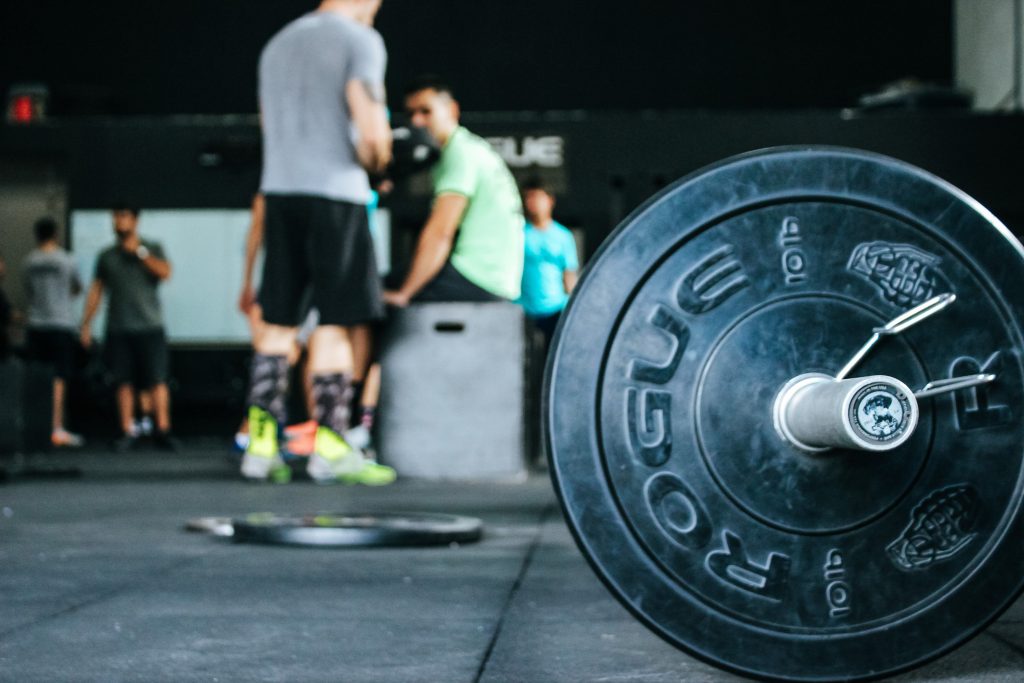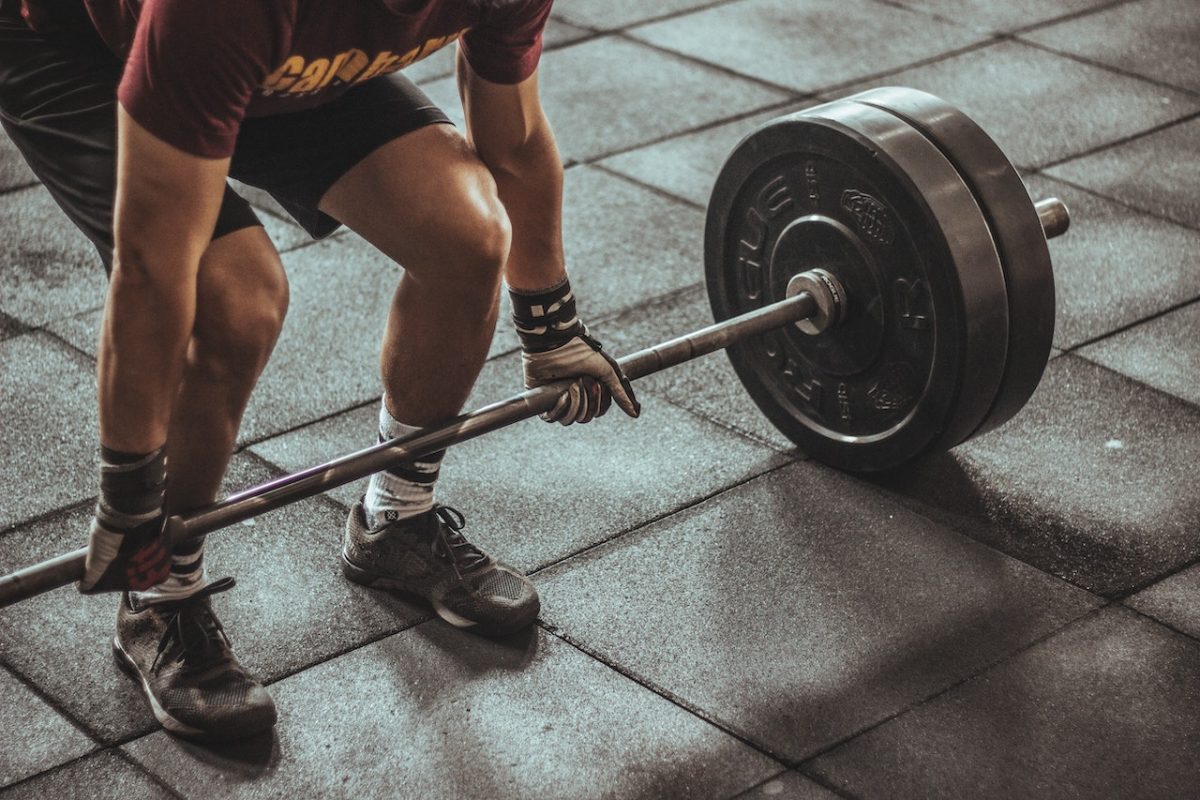The scientific community has published a large amount of research in the last ten to fifteen years regarding the importance of High Intensity Interval Training and its effect on fitness and metabolism. While very little has been published about HIIT Training in the last ten to fifteen years, we now understand how the body reacts to HIIT and how this training method can benefit an individual.
What is HIIT?
High Intensity Interval Training or HIIT is a type of cardiovascular exercise that consists of short bursts of stressful cardio exercise alternated with easier and shorter recovery periods. The short and easy recovery periods do away with, but it takes your body around twenty minutes to warm up and start burning glycogen stores in your muscles before it is able to burn body fat. For maximum effect, you must exercise at a significantly higher heart rate than normal.
What is Your Optimum Heart Rate?
Ideally, you should exercise at a lower heart rate than your usual maximum heart rate. Your heart rate can be estimated by finding your maximum heart rate (sex, age and other factors taken into account).
It is vital to know that warm up and cool down sessions are very important in the beginning so you do not risk your well being. For the most experienced person, an effective heart rate routine would be to exercise at about 70% of your maximum heart rate for about 15 minutes. Once you have an approaching an exercise intensity as that of an athlete, you can reduce the humping effect by taking a gentle 5-10 minute cool down at a slower pace.
What other effects does HIIT Training have?
Caffeine is an ingredient in many energy drinks used in modern gyms. It is used to speed up the rate at which people burn fat. Although it does appear that caffeine has a role in body fat loss, there are other substances that are found in the majority of packaged foods that could be substituting a good dose of caffeine for the energy that would be used by your body from caffeine. If your goal is to lose fat, refined carbohydrates such as pasta, white bread and other baked goods should be reduced. Instead, you should opt for more natural fibrous carbohydrates like wheat bran, wholegrain bread and oats, low-fat dairy, beans, fruits and vegetables. They are less likely to promote fat storage because they use up more body energy to metabolize them. Some studies have even indicated that exercise or dietary control can lead to significant metabolic changes that can accompany fat loss.

Remember that exercise helps to regulate insulin and may increase the rate at which your body utilizes energy. More research on this subject dominated by a University of America subscribing to the principles of HIIT Training have produced results that have generated great interest by the fitness industry.
The most important thing you need to know is that there exists a key role played by oxygen in physical processes that can lead to fat loss, and that is to compensate for the energy needs of the organs and tissues of our body. At the end of the day, the body relied more often to fat than energetic substances not more than what it does now because of driving to work according to the speed of mechanisms of a given mechanism. So if you need more energy, and you stick cozily to the workout routines that can take your body to a laboratory, then you will end up losing more fat.
